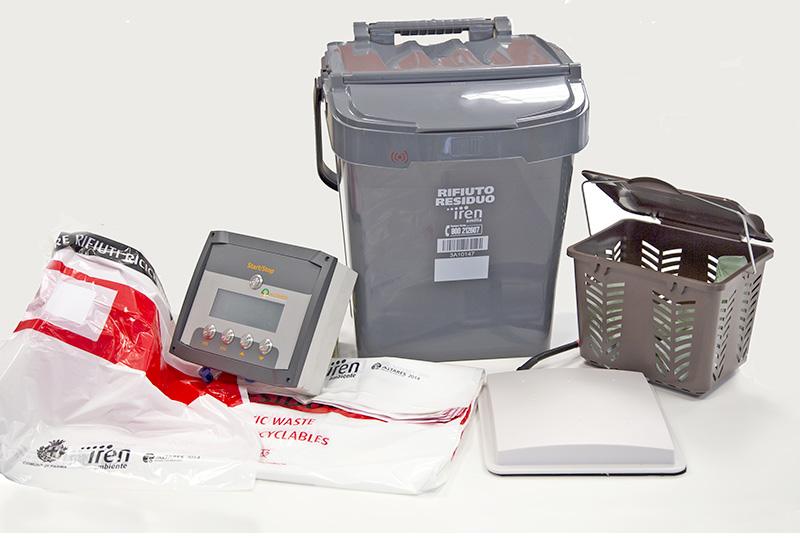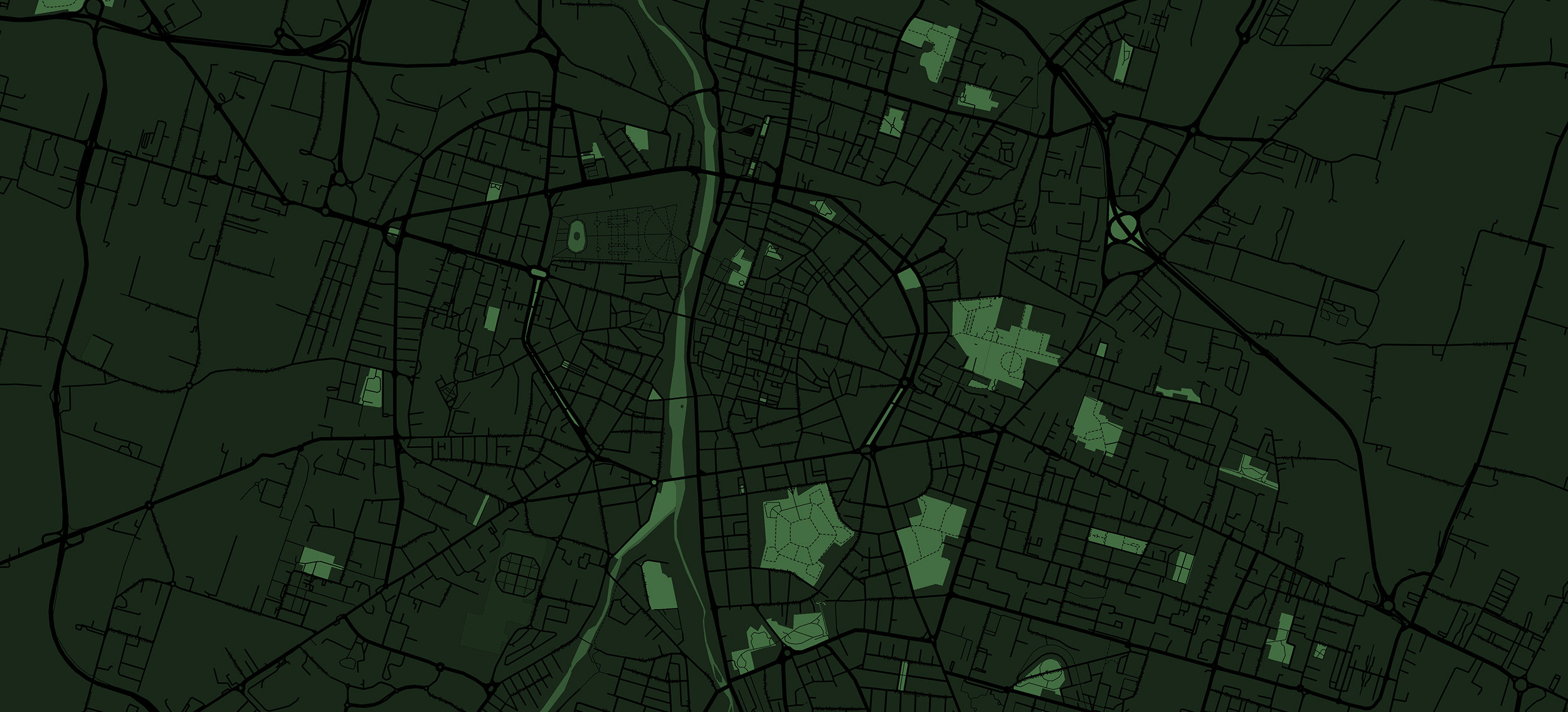The evolution of separate collection in Parma
Parma is one of the most virtuous examples in Emilia Romagna, a region at the bottom of the waste generation ranking with 667 kg per inhabitant per year. The transition from traditional waste management was the result of a clear political will: a careful and widespread involvement of citizens and a strategy focused on minimizing residual waste.

A challenge that has paid off by bringing separate waste collection to one of the highest levels in Italy in just 7 years.

Initial situation
Emilia Romagna is the Italian region with the highest production of waste, with an average of 667 kg per capita in 2019 (“La gestione dei rifiuti in Emilia Romagna, Report 2020”), 150 kg over the Italian average and 160 kg over the EU average.
In November 2012, when the collaboration with Sartori Ambiente began, Parma had a separate collection of 48.2% of its MSW, mainly through road containers:
- door-to-door collection was rarely used and organic waste was not segregated in most of the city
- the multi-material collection of glass and plastic was confusing, the impurities present in the unsorted waste made it necessary to further separate materials after collection
- the costs of transport, separation and disposal were very high and the revenues from the recycling activity very low
In the same year, the local administration had just started the construction of an incineration plant with a capacity of 180,000 tons of MSW per year, to be built by 2013.
Objectives
- Implementation of a ZERO WASTE strategy and a new waste management model
- 80% of separate collection and less than 100 kg per capita of residual waste
- Creating a new reuse centre
- Developing citizen awareness to facilitate waste operations
Solutions
-
Door-to-door collection. Initially introduced in the historic centre, starting from organic waste, then gradually extended to all the fractions, excluding glass, throughout the city in a period of 18 months
-
The door-to-door collection system has been scaled according to the population density of the district, with a more frequent collection of organic and residual waste in the city centre
-
Payment system based on individual generation of waste (PAYT). TARI (waste tax) for each household consists of two main elements:
-
a fixed fee based on the number of family members and on the house square meters, to cover fixed management costs
-
a variable fee that depends on the number of emptyings with a reduction in case of home composting
-
- ArcoSTATION. The Municipality has introduced a further element of flexibility in the door-to-door collection: the ecostations. These are automated disposal stations with controlled access
Results
Parma’s results are a model under all points of view. In just 7 years, Parma has managed to reduce the total waste generation by 15% and significantly increase separate waste collection from 48% in 2011 to 81% in 2019.
Residual waste decreased from 313 kg per inhabitant per year in 2011 to 126 kg, a 60% reduction!
Only one in four users empty their container for each round of collection of solid fraction.
Contamination has been significantly reduced, with a consequent quality recycling, an essential prerequisite for any economy that aims to be circular.
The annual management costs have been reduced by 450,000 Euro.
The transition from street containers to door-to-door collection has significantly increased new jobs: from 77 before the new plant to 121 operators in 2015.
Parma is today the largest Italian city to have introduced PAYT pricing.